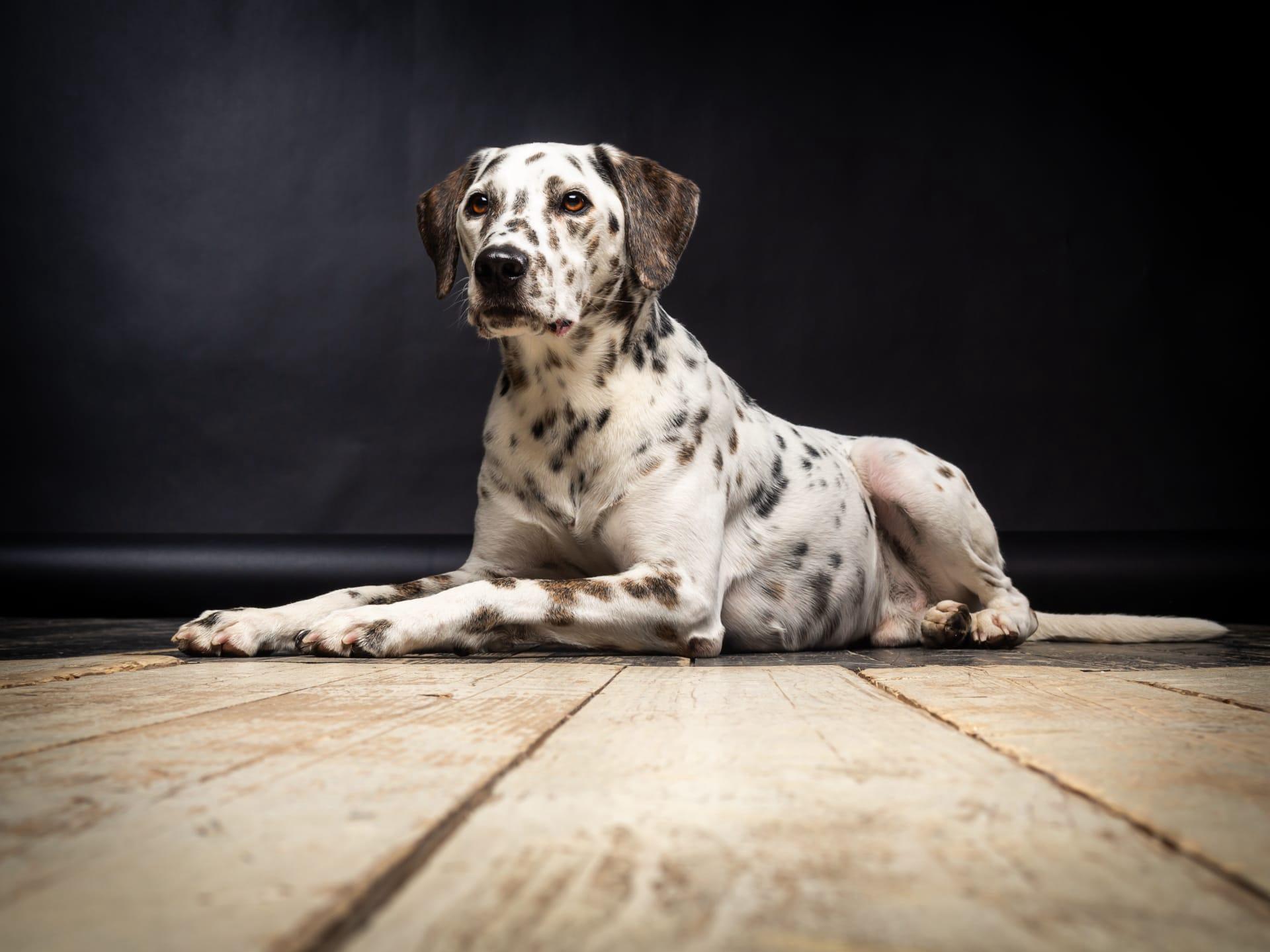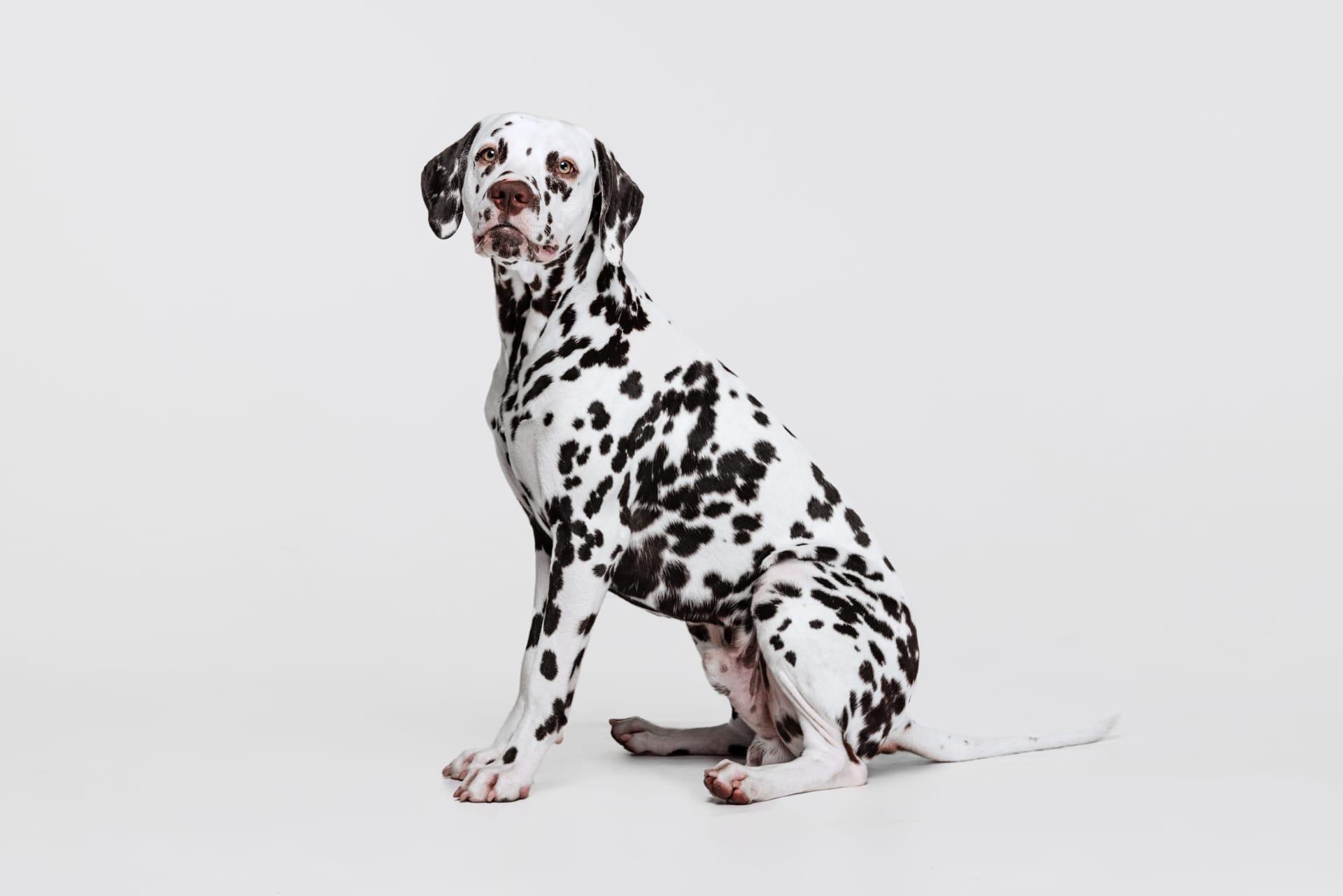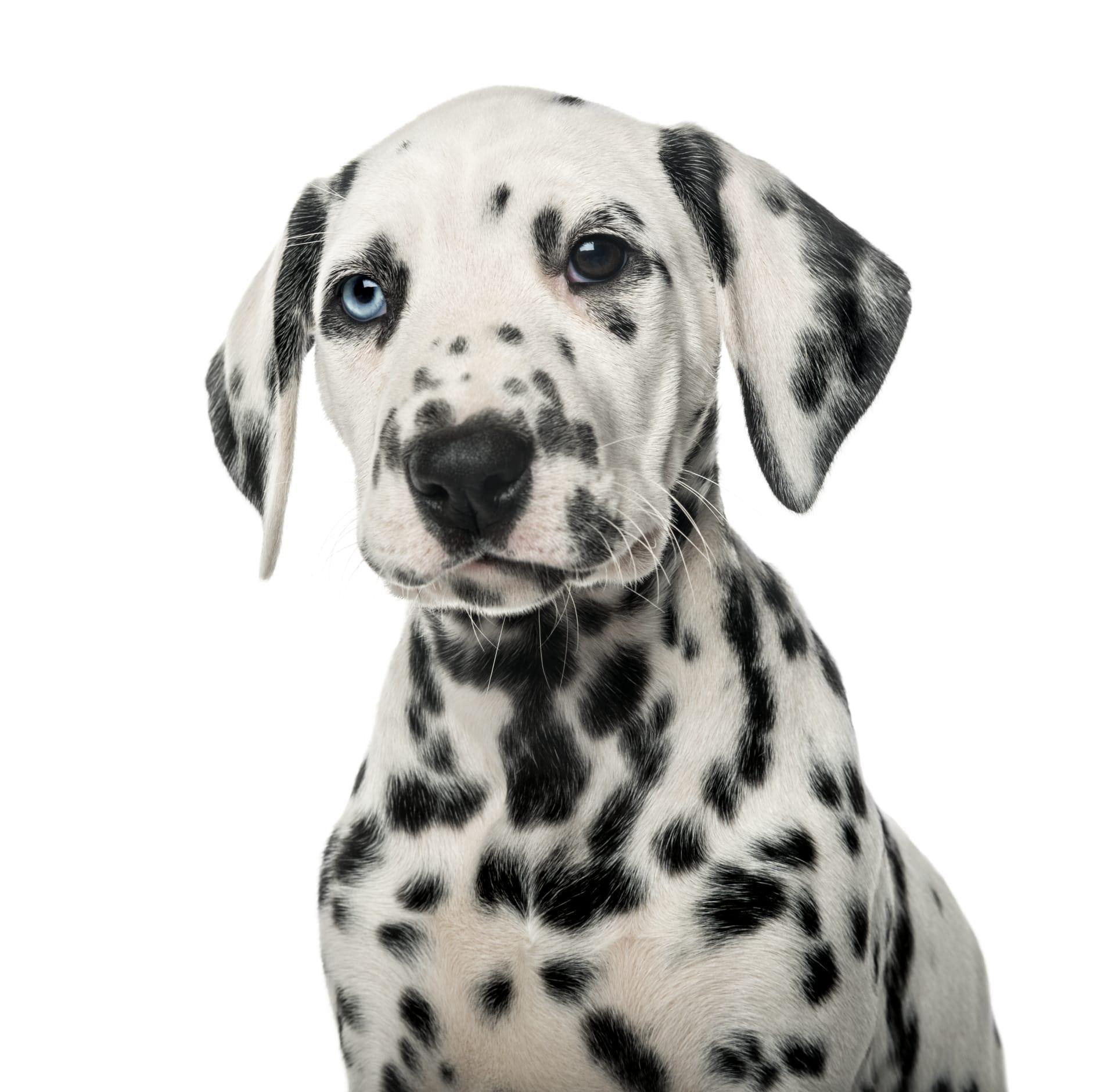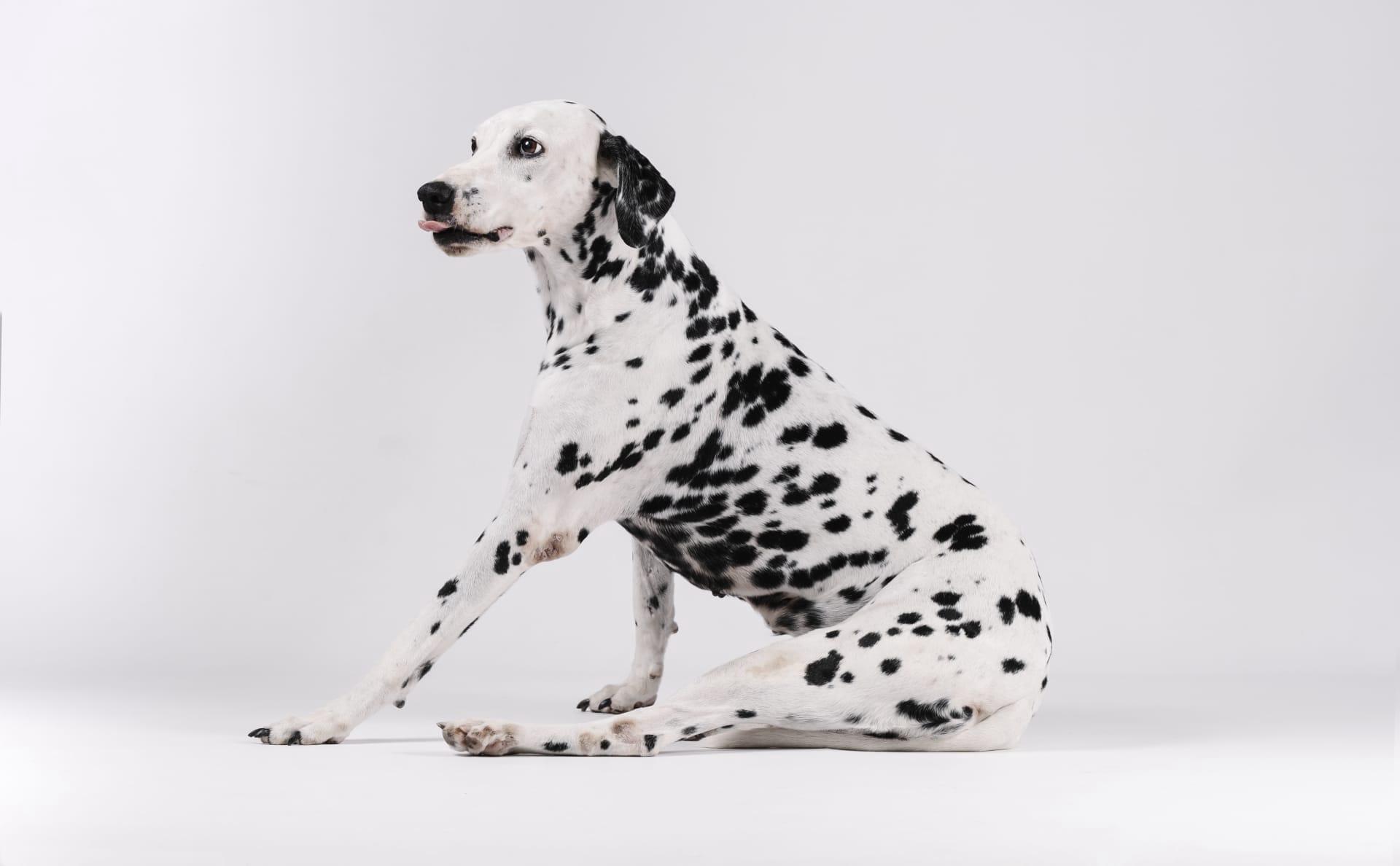Great Dane
- Home /
- Mini Encyclopedia /
- Animal /
- Great Dane
1
The Great Dane, known scientifically as Canis lupus familiaris, belongs to the Canidae family and is classified under the Mammalia class. This breed, characterized by its colossal size, is a domestic dog known for its gentle temperament and striking appearance. Originating from Germany, the Great Dane's lineage can be traced back to a mix of Irish Wolfhound and old English Mastiff breeds, contributing to its large stature and muscular build.
Great Danes are predominantly found in Western countries, with the highest populations in the United States and Europe. They are particularly popular in Germany, where they are known as Deutsche Dogge and are considered a national symbol. Despite their size, Great Danes adapt well to both rural and urban settings. They are less common in Asia and Africa, mainly due to their size and the need for spacious living environments. These dogs require ample space to accommodate their large frame, making them more suitable for suburban and countryside homes.

2
Question: Are Great Danes aggressive due to their large size?
Answer: Contrary to popular belief, Great Danes are not inherently aggressive. Their imposing size often leads to misconceptions about their temperament. In reality, Great Danes are known for their friendly, affectionate nature. They are often referred to as 'gentle giants' due to their placid demeanor. While they can be protective and are capable of being excellent guard dogs, proper training and socialization from a young age are crucial in shaping their behavior. These dogs are typically good with children and other pets, making them well-suited for family life. However, like any dog breed, individual temperament can vary, and environmental factors play a significant role in their behavior.

3
The relationship between humans and Great Danes is one of companionship and service. These dogs are often kept as family pets, valued for their loyalty and affectionate nature. They are known to form strong bonds with their owners and are particularly sensitive to the emotions of those around them. This sensitivity makes them excellent companions, as they often seek to comfort their owners in times of distress.
Aside from being companions, Great Danes have been utilized in various service roles. They have been trained as therapy dogs, providing comfort and support in hospitals, schools, and nursing homes. Their calm demeanor and intuitive nature make them well-suited for such roles. Additionally, Great Danes have been used in search and rescue operations and as guide dogs for the visually impaired, showcasing their versatility and intelligence. Their size, while imposing, aids in their ability to perform physically demanding tasks, making them valuable in different service capacities.

4
The origin of the Great Dane dates back to ancient times, with evidence suggesting their existence as far back as 3000 B.C. in Egypt, where drawings depicting dogs resembling the Great Dane have been found. However, the breed as we know it today was primarily developed in Germany in the 16th century. Originally bred for hunting and guarding, these dogs were valued for their strength, speed, and endurance.
The evolution of the Great Dane over the centuries has seen a shift from a ferocious hunter to a gentle companion. In the 19th century, breeders began focusing on temperamental traits, selecting for gentleness and affection rather than aggression and ferocity. This selective breeding led to the development of the modern Great Dane, known for its friendly and loving nature. The breed's physical attributes, like its height and muscular build, have been retained, but its temperament has become more suited to a life as a family pet rather than a hunter.

5
Film: A notable documentary featuring the Great Dane is "Gentle Giants: The World of Great Danes," produced in the United States in 2018. This film explores the unique characteristics, history, and the loving nature of Great Danes. It highlights their journey from fierce hunters to affectionate household pets, showcasing heartwarming stories of Great Danes and their owners.
Book: "The Great Dane: Embodying a Noble Breed," written by Jane Grayson and published in the UK in 2020, provides an in-depth look at the history, care, and training of Great Danes. Grayson, a renowned canine expert, combines scientific research with personal anecdotes to offer a comprehensive guide on understanding and caring for these majestic dogs.
Book: Another notable book is "Living with Great Danes" by Martin Swanson, published in the United States in 2019. This book delves into the practical aspects of living with Great Danes, covering topics such as health, nutrition, exercise, and training. Swanson, a long-time Great Dane owner, shares his experiences and advice, making this book an invaluable resource for both prospective and current Great Dane owners.